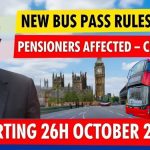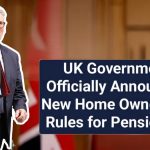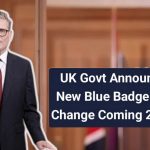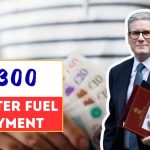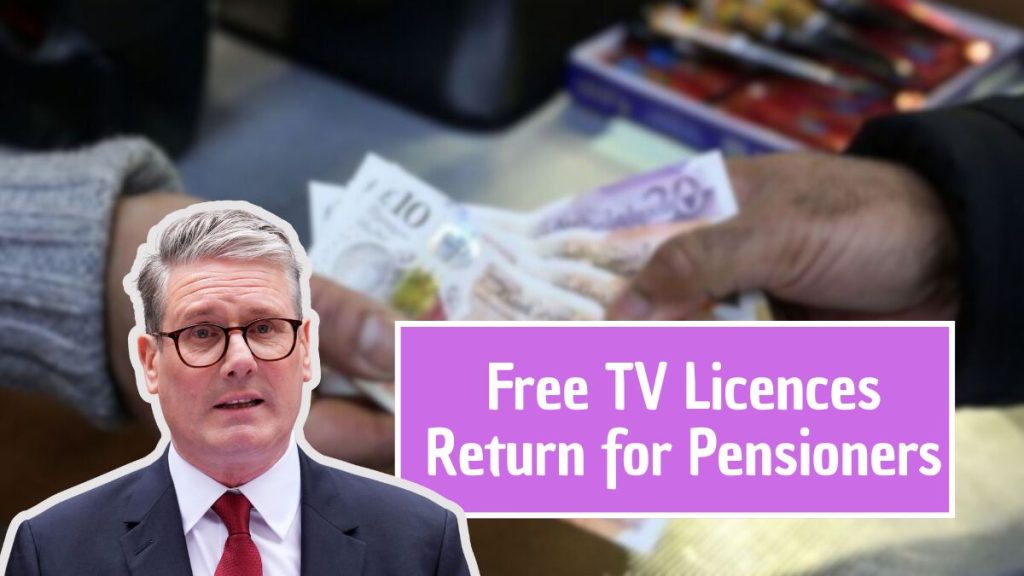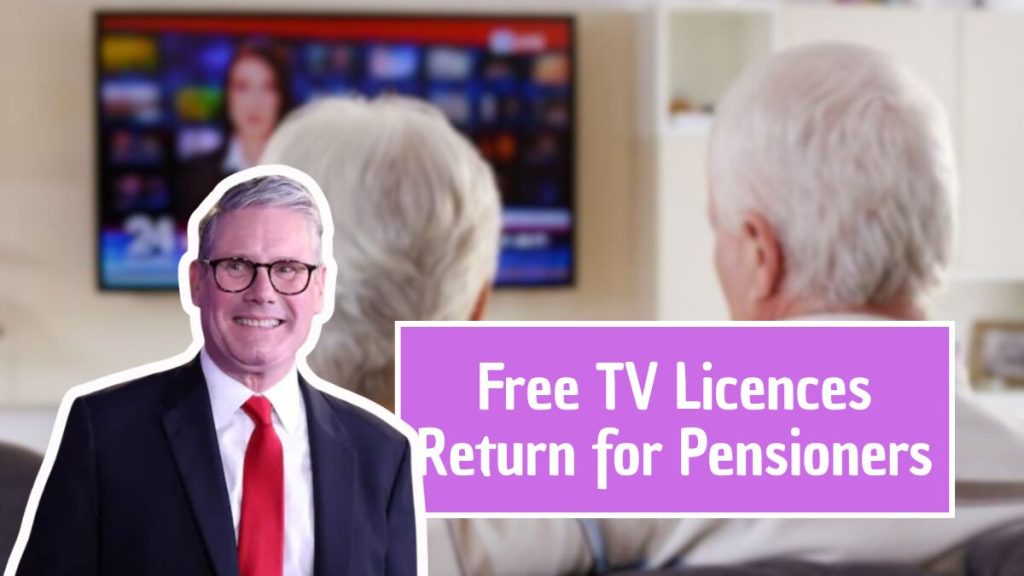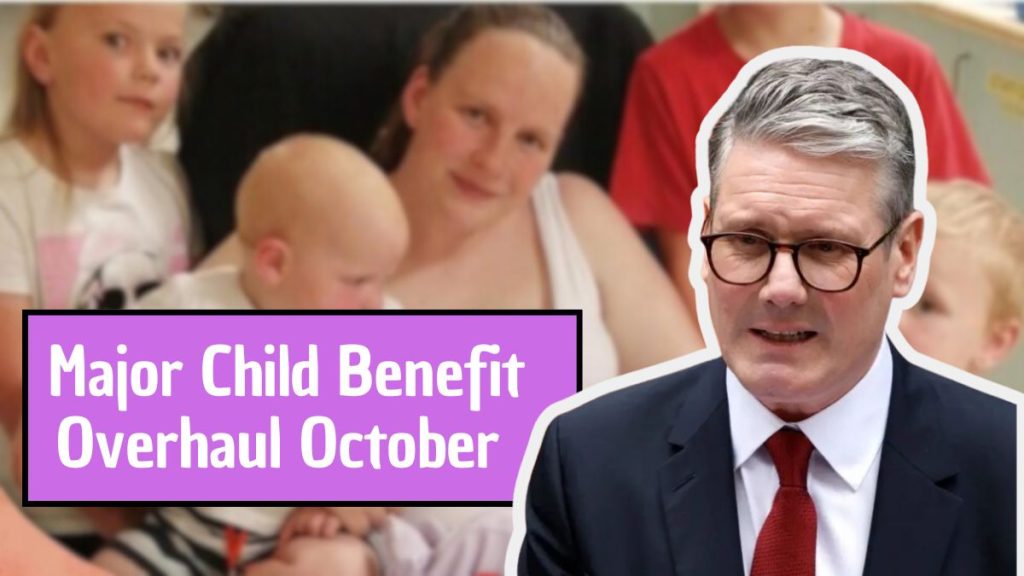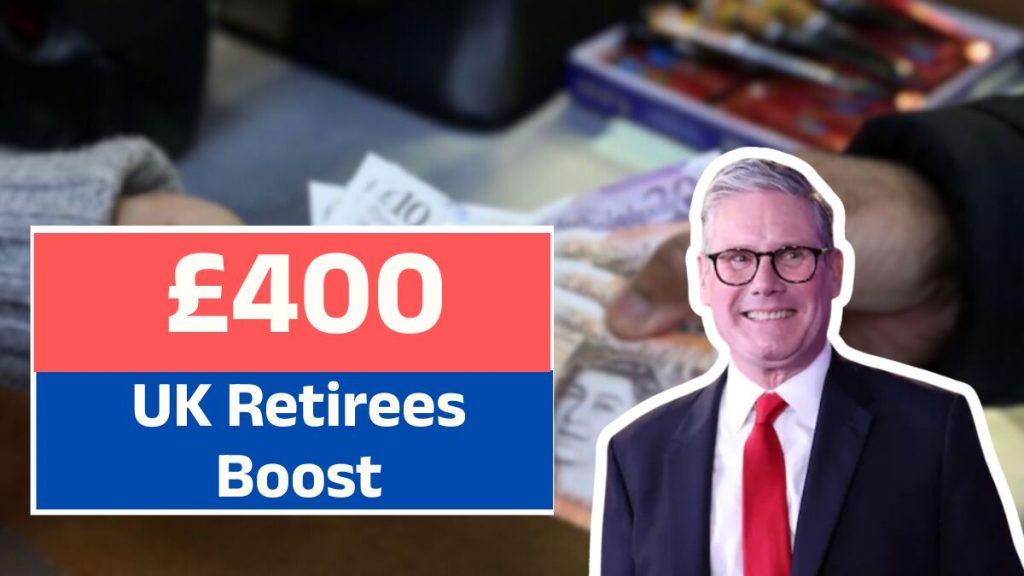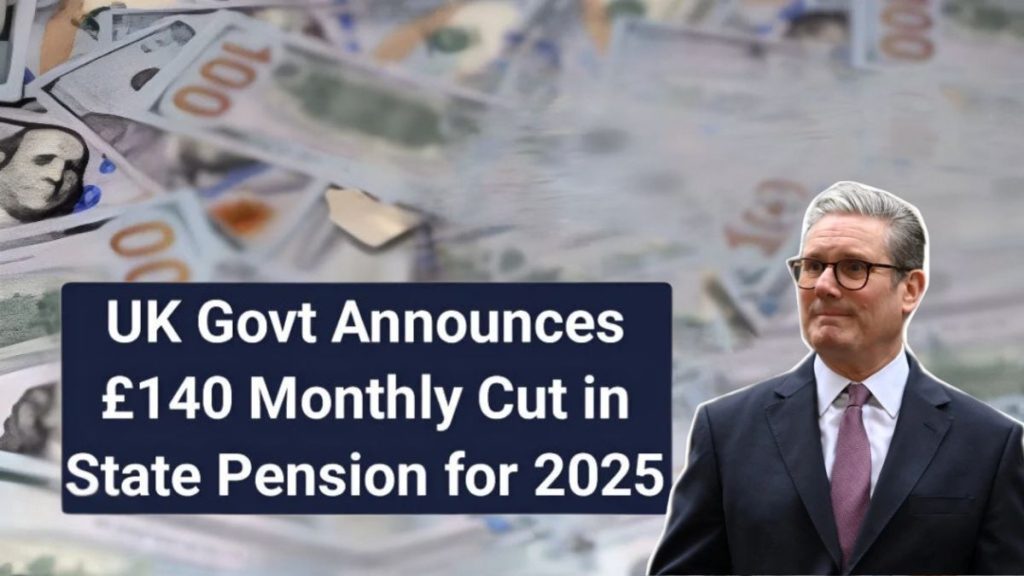The £500 Cost of Living Payment 2025 is the latest addition to the government’s ongoing relief measures, designed to help low-income families, pensioners, and vulnerable individuals manage the growing pressures of inflation, energy price increases, and food costs.
This announcement reaffirms the government’s continued commitment to protecting financially vulnerable citizens, particularly during the challenging winter of 2025–2026. Let’s explore who qualifies, when payments will arrive, and how this scheme fits into the DWP’s broader welfare framework.
Purpose of the £500 Cost of Living Payment

The UK cost of living crisis continues to strain household budgets, with higher utility bills, grocery prices, and transportation costs. For millions, particularly those on benefits or fixed incomes, the situation remains critical.
The £500 DWP Cost of Living Payment aims to:
- Ease financial pressure on low-income and retired households.
- Provide targeted support for essentials like energy, food, and housing costs.
- Prevent pensioners and vulnerable individuals from falling deeper into hardship.
This new phase of support follows previous cost of living payments made between 2023 and 2024, forming part of a long-term DWP plan to stabilise household finances amid persistent inflation.
Payment Overview and Key Highlights
The DWP has released the following summary of key details:
| Particulars | Details |
|---|---|
| Payment Amount | £500 (one-off, non-taxable payment) |
| Issuing Department | Department for Work and Pensions (DWP) |
| Regions Covered | England, Scotland, Wales, Northern Ireland |
| Payment Schedule | Expected between November 2025 and January 2026 |
| Payment Method | Direct bank deposit (linked to benefit account) |
| Eligibility | Based on receipt of qualifying benefits (e.g., Universal Credit, Pension Credit) |
| Tax Impact | Tax-free; does not affect benefit calculations |
| Scheme Type | Automatic payment — no application required |
The £500 payment will be distributed automatically, alongside existing welfare initiatives such as the Winter Fuel Payment and Pensioner Cost of Living Payment, ensuring that millions receive timely assistance.
Who Is Eligible for the DWP £500 Payment
Eligibility will be determined by benefit status during a specific qualifying period, expected to fall between September and October 2025.
Claimants must have received (or later been confirmed eligible for) one of the following means-tested benefits during that period:
- Universal Credit
- Income-based Jobseeker’s Allowance (JSA)
- Income-related Employment and Support Allowance (ESA)
- Income Support
- Pension Credit
- Working Tax Credit (via HMRC)
- Child Tax Credit (via HMRC)
If an individual receives both Tax Credits and another qualifying DWP benefit, only one payment will be issued to prevent duplication
Pensioners and Older Adults
The DWP has reaffirmed that pensioners form a key focus group in this latest support package.
Anyone receiving Pension Credit, including both the Guarantee Credit and Savings Credit components, will automatically qualify for the £500 payment.
| Pensioner Group | Expected Benefit |
|---|---|
| State Pension + Pension Credit | £500 Cost of Living Payment |
| Pension Credit only (no State Pension) | £500 + Winter Fuel Payment |
| Awaiting Pension Credit approval | Eligible if approved by payment deadline |
This ensures that no senior citizen is left behind, especially as heating costs and energy usage typically surge during winter months.
Other Support That May Coincide with the £500 Payment
In addition to the cost of living payment, several other DWP and government schemes will continue to provide relief during the winter of 2025–26.
| Payment Type | Amount | Eligibility Window |
|---|---|---|
| Pensioner Winter Fuel Payment | £200–£600 | November–December 2025 |
| Disability Cost of Living Payment | £150 | Late Autumn 2025 |
| Cold Weather Payment | £25 per week (triggered) | Based on temperature drop below 0°C |
| Warm Home Discount | £150 (on energy bills) | Selected low-income households |
Together, these measures create a layered financial safety net, offering both short-term and seasonal relief.
When the DWP £500 Payment Will Be Made
The DWP has not yet published exact dates but has outlined a clear phased payment plan expected to roll out between November 2025 and January 2026.
Estimated Timeline:
| Phase | Benefit Category | Estimated Payment Period |
|---|---|---|
| Phase 1 | Pension Credit & Universal Credit | Mid–Late November 2025 |
| Phase 2 | Income-based benefits (ESA, JSA, Income Support) | December 2025 |
| Phase 3 | Tax Credit claimants (via HMRC) | Early January 2026 |
Payments will be automatically transferred into the same bank account where regular benefit payments are received, labelled as “DWP COL Payment 2025.”
Official DWP Guidance on Payments
The DWP has released several key guidelines to ensure recipients understand how the process will work:
- Automatic Distribution: No applications or forms are required.
- Bank Account Label: The payment will appear as “DWP COL Payment 2025.”
- No Reapplication Needed: Recipients don’t need to reapply even if circumstances recently changed.
- Eligibility Sync: DWP systems will automatically update for those who’ve switched benefits (e.g., from Universal Credit to Pension Credit).
- Missed Payments: Households who believe they qualify but haven’t received payment by February 2026 can contact the DWP helpline or use the online claim checker.
Regional Administration Differences
While the DWP oversees the programme across most of the UK, Northern Ireland will administer payments through its own agency — the Department for Communities (DfC NI).
| Country | Payment Authority | Implementation Partner |
|---|---|---|
| England | DWP | Local councils & Jobcentre Plus |
| Scotland | DWP + Social Security Scotland | Devolved coordination |
| Wales | DWP + Welsh Government liaison | Additional housing support |
| Northern Ireland | Department for Communities (DfC NI) | Internal delivery system |
Despite minor administrative variations, the DWP confirmed that payment rates, eligibility rules, and timelines will remain identical across all regions.
Why the £500 Payment Matters Now
The need for this payment is underscored by the latest Office for National Statistics (ONS) data, which shows that household disposable income remains below pre-pandemic levels.
With inflation still impacting essential costs, many families have faced the difficult choice between heating and food — a scenario the government is keen to avoid repeating this winter.
According to the Treasury, this support will not only protect household finances but also help stabilize consumer spending in the wider economy
Impact on Families and Working Adults
For working families on Universal Credit or Working Tax Credit, the £500 payment is a crucial buffer against high grocery and childcare costs.
The DWP emphasized that families who rely on tax credits will receive their payments last (via HMRC) to allow cross-checks and prevent duplication with DWP-administered benefits.
The goal is to ensure that every eligible household receives one full £500 payment by the end of January 2026.
Support for Disabled and Vulnerable Individuals
People with disabilities or long-term health conditions will continue receiving separate targeted support through the Disability Cost of Living Payment (£150), in addition to any other eligible DWP benefits.
This dual structure allows the government to focus relief efforts more effectively, ensuring those with the highest ongoing costs—such as medical equipment or mobility needs—receive added help.
How to Check If You Qualify
Eligibility will be automatically determined by the DWP and HMRC, but individuals can still confirm their status using official government platforms.
To check your eligibility:
- Visit the official GOV.UK website.
- Use the Cost of Living Payment Checker to confirm if your benefit type qualifies.
- If you’ve changed bank accounts or benefit type recently, ensure your details are up to date with DWP or HMRC.
- If you believe you were eligible but didn’t receive payment, contact the DWP helpline once the final payment window closes.
Public and Political Reaction
Reaction to the £500 payment has been broadly positive among welfare groups and charities, who say it provides much-needed relief at a critical time.
However, some critics argue that one-off payments are only temporary solutions and that long-term reforms to benefits and pensions are needed.
Anti-poverty campaigners have called for annual inflation-linked payments to better protect low-income families from recurring cost spikes.
Fraud Awareness and Scam Warnings
The DWP has issued repeated warnings about fraudsters exploiting cost-of-living announcements.
Recipients are urged to remember:
- DWP never requests banking details by text, email, or phone.
- Any messages asking for verification links or payment codes are scams.
- Always check communication through the official gov.uk domain or contact verified DWP numbers.
By staying alert, beneficiaries can protect themselves from financial fraud during the rollout.
What This Payment Means for the Future
The £500 Cost of Living Payment continues the government’s broader social safety net approach, supplementing existing benefits with targeted one-time payments during economic volatility.
Experts predict that as inflation moderates, the government may transition toward long-term benefit adjustments instead of temporary reliefs.
For now, this payment remains a crucial bridge for millions of households navigating one of the most challenging economic winters in recent memory.
(3) Five Frequently Asked Questions (FAQ)
1. Who qualifies for the £500 DWP Cost of Living Payment?
Anyone receiving qualifying benefits such as Universal Credit, Pension Credit, ESA, JSA, Income Support, or Tax Credits during the autumn 2025 window will automatically qualify.
2. When will payments be made?
The rollout will occur between November 2025 and January 2026, depending on benefit category.
3. Do I need to apply for this payment?
No application is needed. Payments will be automatic and deposited into the same account where you receive your benefits.
4. Will it affect my other benefits or taxes?
No. The £500 payment is tax-free and will not count as income for benefit calculations.
5. What should I do if I don’t receive my payment?
If you haven’t received it by February 2026, contact the DWP helpline or use the Cost of Living Payment Checker on GOV.UK.





